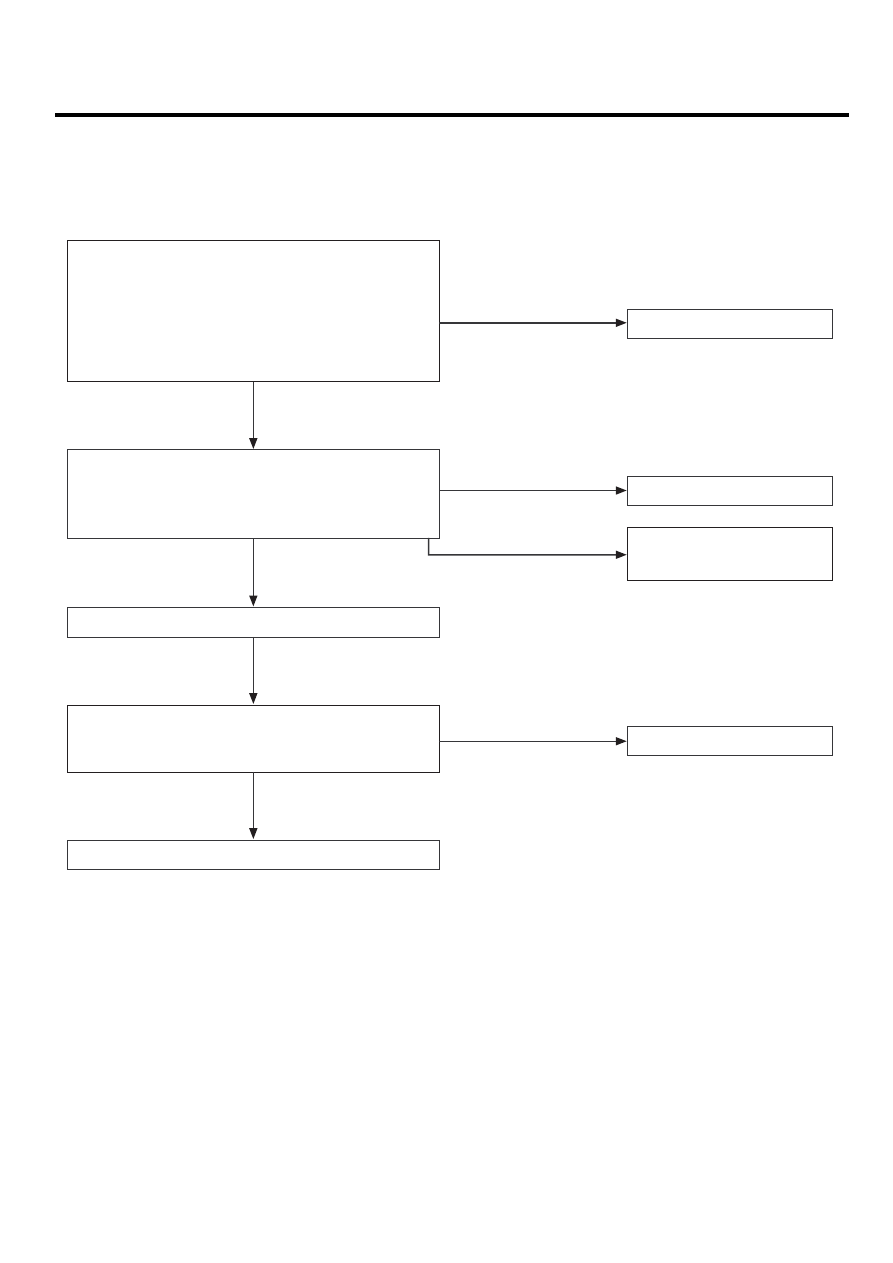Hyundai: Engine D4FA. Manual - part 4

CHARGING SYSTEM
EEA -13
INSPECTION
EC7F1CDF
BATTERY DIAGNOSTIC TEST (1)
CHECKING FLOW
Step 1 : Visual inspection
Check for obvious damage such as a cracked or broken
terminal and case or cover that could permit leakage of
electrolyte.
Determine the cause of damage and correct as needed.
Clean any corrosion with as solution of baking soda and
water.
Replace battery
Replace battery
Replace battery
Step 2 : Measure battery voltage
Check the voltage after at least one day in case of
recharging the battery, and the recharging should be made
in accordance with the charging instructions.
Charge battery
Charging system inspection
Step 3 : Load test
Perform an eletrical load using the appropriate load test
amperage specifications for the battery.
Battery is good
Terminal & case of
cover damage,
electrolyte leakage
Below 11.0V
Above 12.5V
Refer to load test
OK
OK (11.0 ~ 12.4V)
OK